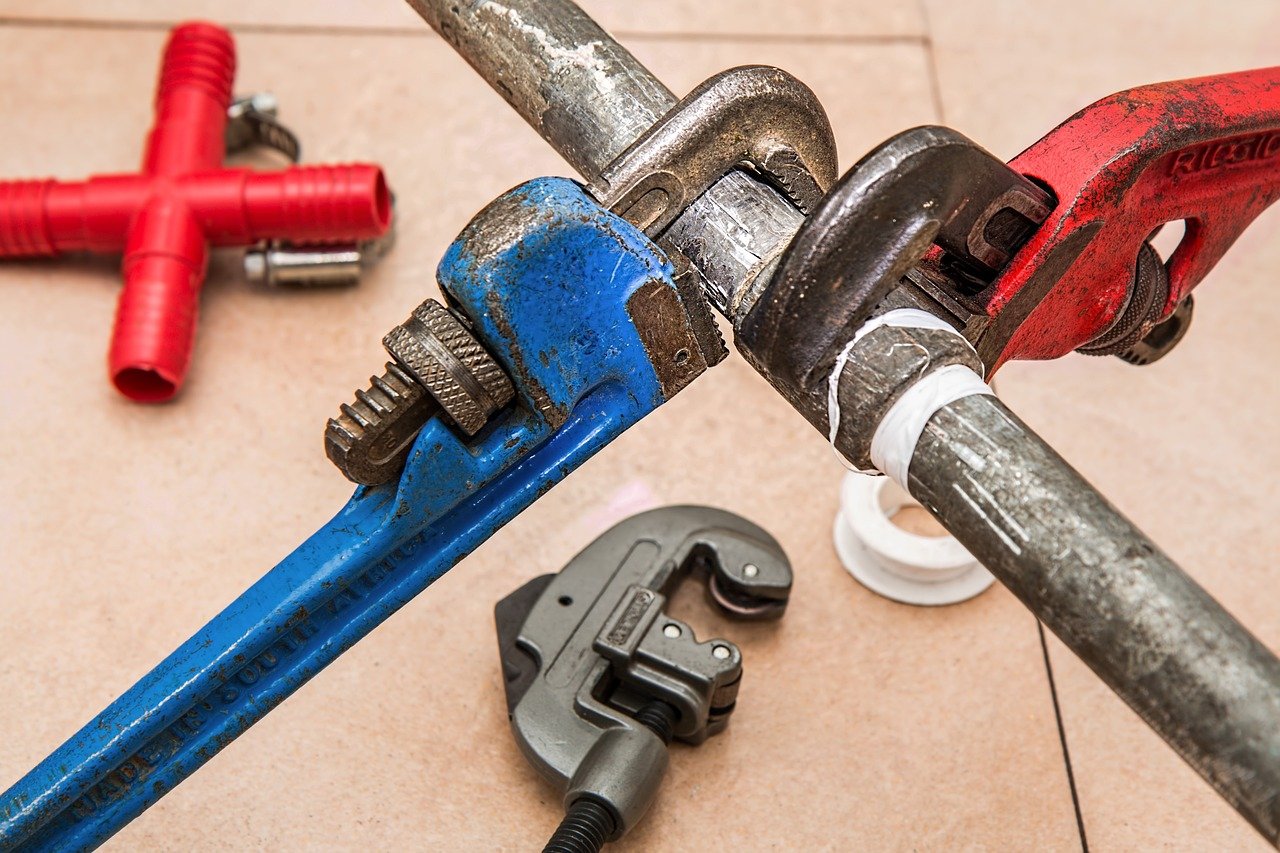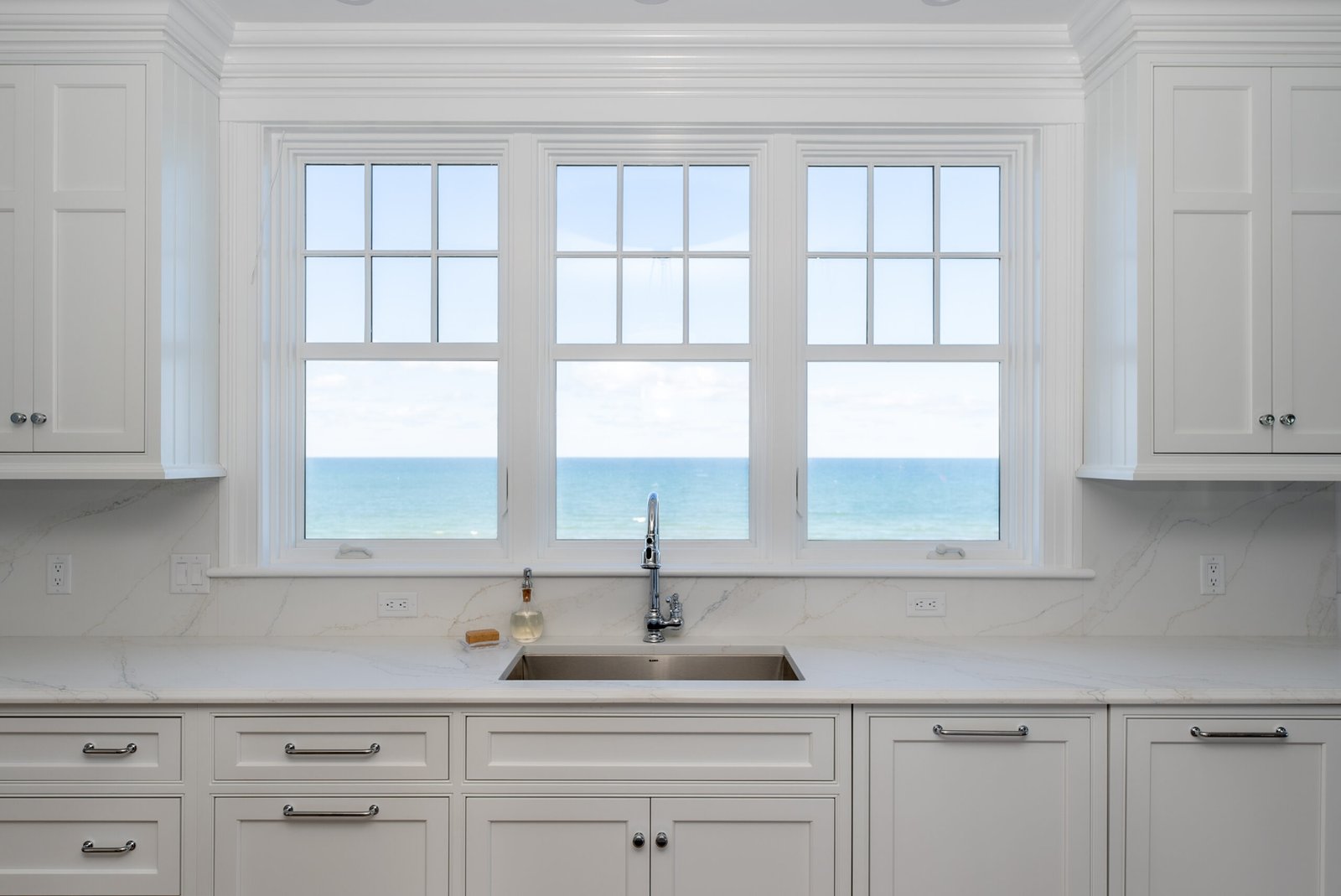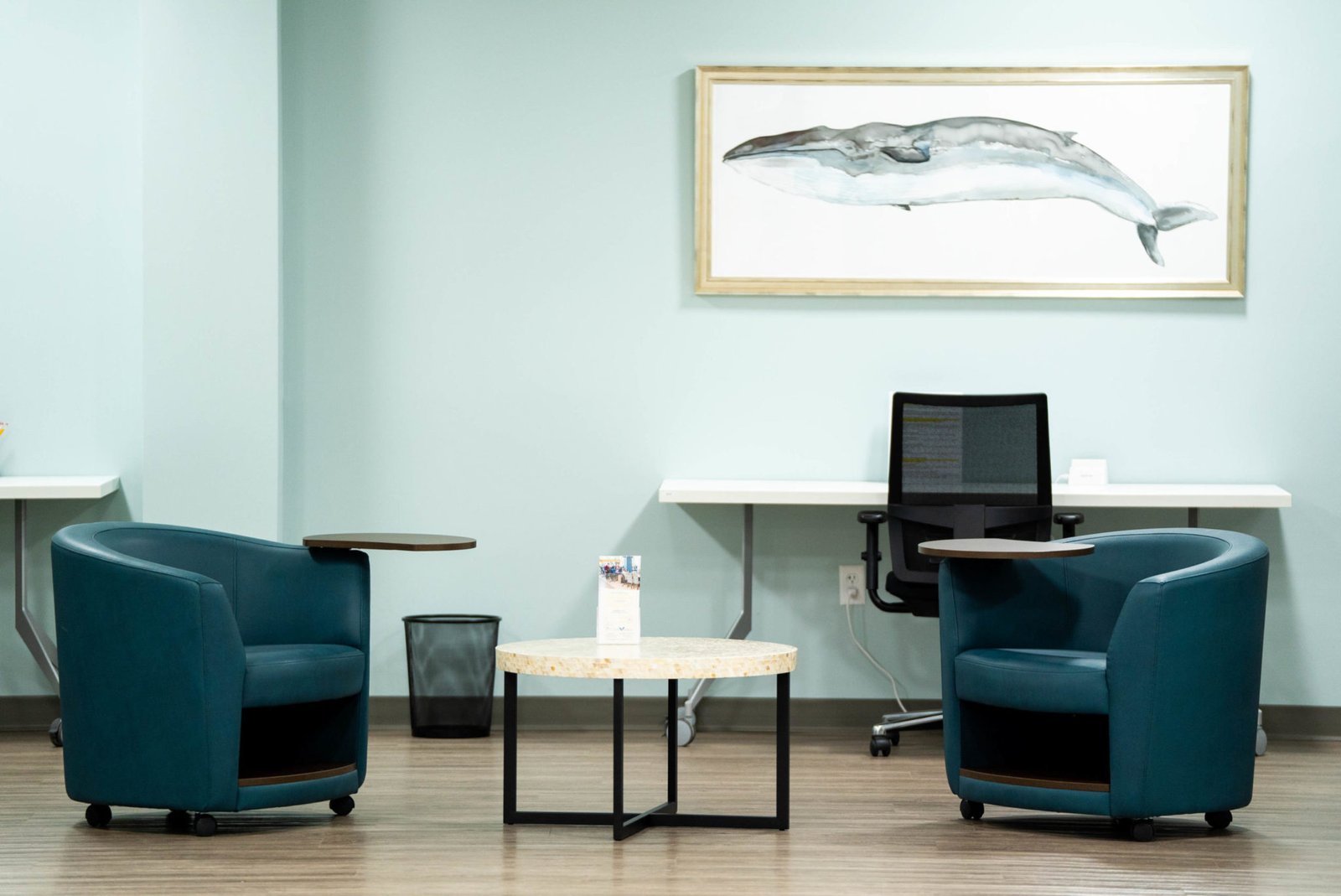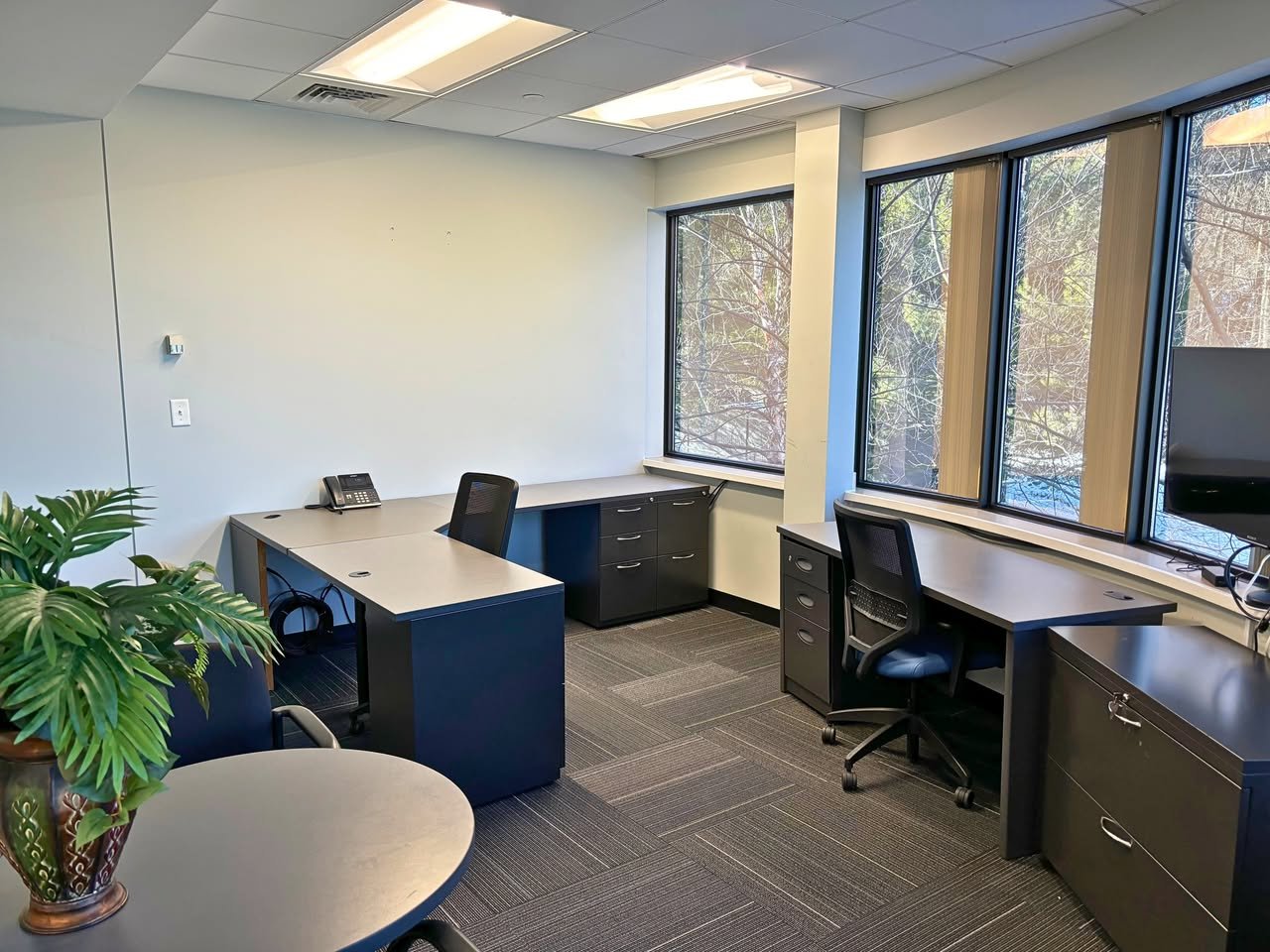The construction industry is undergoing a significant shift towards sustainable practices, driven by increasing awareness of environmental impacts and the need for energy efficiency. This transformation involves adopting green building materials, implementing energy-efficient designs, and utilizing renewable energy sources. Sustainable practices not only reduce the carbon footprint but also enhance the long-term viability and cost-effectiveness of construction projects. As we move forward, sustainability is becoming an integral part of construction strategies, reflecting our commitment to preserving the environment for future generations. This is the time we live in now.
Green building codes, which establish requirements for environmentally friendly design, construction, and operation of buildings, are playing a central role in this transformation. As a plumber, staying informed about these evolving codes is crucial for continuing education and ensuring your services align with the growing demand for sustainable plumbing solutions.
This blog post dives into the world of green building codes and equips you with the knowledge to navigate this critical aspect of modern plumbing. We’ll explore:
- The Importance of Green Building Codes: Why are they becoming increasingly important?
- Key Water Conservation Requirements: What plumbing practices do green codes typically address?
- Adapting Your Skills for Sustainability: How can plumbers adjust their work to meet green code standards?
- Resources for Continuing Education: Where can you find additional information about green plumbing practices?
The Importance of Green Building Codes
Green building codes are driven by a growing awareness of the environmental impact of traditional construction practices. Buildings consume a significant portion of global energy and water resources. Additionally, conventional plumbing systems can contribute to water waste and inefficient use of energy for water heating.
Green building codes aim to address these concerns by establishing regulations that promote:
- Water Conservation: Reducing water consumption through low-flow fixtures, efficient appliances, and rainwater harvesting systems.
- Energy Efficiency: Minimizing energy use for water heating by encouraging tankless systems or solar water heating solutions.
- Sustainable Materials: Utilizing recycled or rapidly renewable materials in plumbing systems whenever possible.
- Indoor Environmental Quality: Promoting healthy indoor air and water quality through proper ventilation and plumbing system design.
By adhering to green building codes, plumbers contribute to a more sustainable future for the construction industry.
Key Water Conservation Requirements
Green building codes often outline specific water conservation requirements for plumbing systems. Here are some common examples:
- Low-Flow Fixtures: These fixtures use significantly less water compared to traditional models, without sacrificing performance. Examples include low-flow showerheads, faucets with aerators, and high-efficiency toilets that offer dual-flush options.
- Water-Saving Appliances: Modern dishwashers and washing machines come equipped with water-saving features. Green building codes might incentivize the installation of these appliances.
- Leak Detection Systems: Early detection of leaks can prevent significant water waste. Green codes might encourage the installation of leak detection systems in strategic locations.
- Graywater Systems: Graywater refers to used water from sinks, showers, and washing machines that can be treated and reused for non-potable purposes like irrigation or toilet flushing. Green codes could promote the use of graywater systems in specific situations. There a lot of solutions for that, for example, Japan is placing sinks in the toilets, so the water goes directly to the tank to be used for the flash, saving gallons of water each time.
It’s important to stay updated on the specific water conservation requirements within your region’s green building codes.
Adapting Your Skills for Sustainability
As a plumber, adapting your skills to meet green code standards can enhance your professional profile and open doors to exciting new opportunities. Here are some ways to adjust your work practices:
- Familiarize Yourself with Green Building Codes: Take continuing education for plumbers or workshops offered by professional organizations. These courses will equip you with the knowledge to understand and implement green plumbing practices.
- Invest in New Tools and Technologies: Certain green plumbing solutions might require specialized tools or knowledge. Consider investing in tools like leak detection equipment or familiarizing yourself with the installation and maintenance of low-flow fixtures and water-saving appliances.
- Partner with Green Building Professionals: Collaborate with architects, builders, and engineers involved in green construction projects. This collaboration allows you to stay informed about specific project requirements and contribute your expertise to sustainable plumbing design.
- Become a Green Plumbing Specialist: Some organizations offer certifications for plumbers specializing in green plumbing practices. Earning such a certification demonstrates your commitment to sustainability and can set you apart from the competition.
By actively adapting your skills and knowledge, you can become a valuable asset in the green building industry and for any company, be it your own company or if you work for someone.
Resources for Continuing Education
There are numerous resources available to help you continue your education on green plumbing practices. Here are some starting points:
- Professional Associations: National organizations like the PHCC offer continuing education courses and resources related to green plumbing.
- Online Resources: The Environmental Protection Agency’s WaterSense program (https://www.epa.gov/watersense) provides valuable information on water-efficient plumbing products and practices.
- Green Building Certification Programs: Organizations like Leadership in Energy and Environmental Design (LEED) offer resources and training programs for professionals involved in sustainable construction, including plumbers.
- Manufacturer Training: Many plumbing fixture and appliance manufacturers offer training programs on their water-saving products. Attending these programs can deepen your knowledge of specific models and installation practices.
Navigating green building codes can be a rewarding and fun journey for plumbers. By staying informed about code requirements, adapting your skills, and seeking continuing education for plumbers, you can contribute to a more sustainable future for the plumbing industry and the world as a whole. As the demand for green construction continues to grow, plumbers who embrace sustainability will be at the forefront of this exciting transformation.
Remember, this blog post is just a starting point. By dedicating yourself to continuous education for plumbers and adapting your practices, you can become a leader in green plumbing practices. Engage in ongoing training, stay updated on the latest eco-friendly technologies, and implement sustainable methods in your work. Collaborate with industry peers, participate in green certification programs, and promote environmentally responsible practices within your community. Your commitment to sustainability will not only enhance your reputation but also contribute to a healthier planet.





Leave a Reply